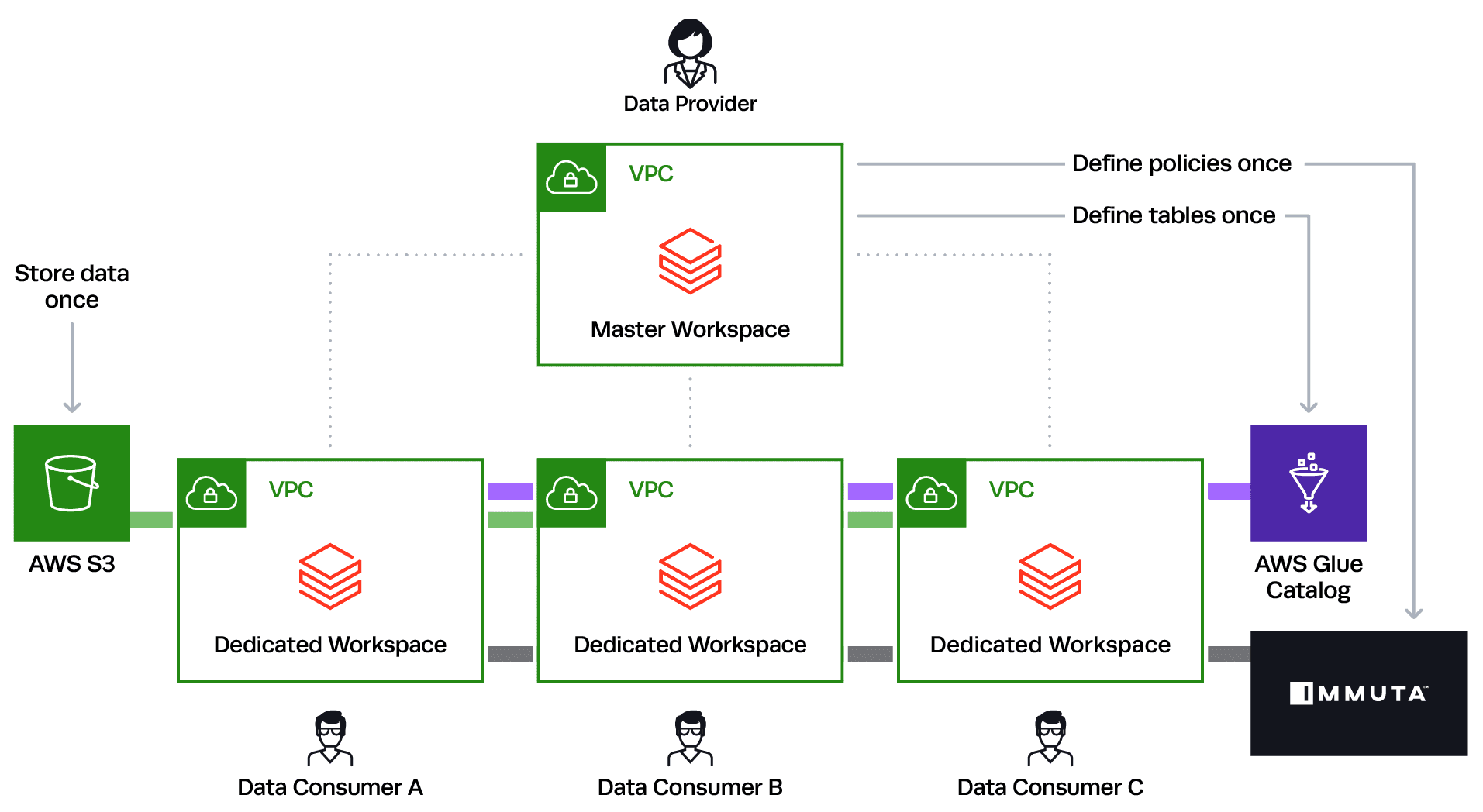Imagine unlocking the full potential of your data, transforming raw information into actionable insights, all without the headaches of managing complex infrastructure. That’s the promise of Databricks SaaS. In today’s data-driven world, businesses are drowning in information, but struggling to extract real value.
Databricks Software as a Service (SaaS) offers a streamlined, cloud-based platform for big data processing, machine learning, and real-time analytics, allowing organizations to focus on insights, not infrastructure. This article delves into the world of Databricks SaaS, exploring its key features, benefits, and how it’s revolutionizing the way businesses approach data.
We’ll uncover how it simplifies complex workflows, accelerates data science projects, and empowers teams to make smarter, faster decisions, ultimately driving innovation and growth. Get ready to discover how Databricks SaaS can transform your data strategy and unlock a new era of data-driven success.
Databricks SaaS: A Deep Dive
Databricks, in its essence, serves as a unified analytics platform. Built upon Apache Spark, it aims to simplify big data processing and machine learning workflows. It stands as a powerful tool for data scientists, engineers, and analysts alike.
The Software as a Service (SaaS) model of Databricks brings ease of use and accessibility to the forefront. It eliminates infrastructure management hassles, allowing users to focus on deriving value from their data.
Think of it as renting a fully equipped data lab rather than building one yourself. This dramatically reduces the initial investment and ongoing maintenance costs.
Databricks SaaS offers a collaborative environment where teams can seamlessly work together. They can share notebooks, data, and insights, accelerating the data-driven decision-making process.
Understanding the Core Components
At the heart of Databricks lies its Spark-based engine. This robust engine handles large-scale data processing with speed and efficiency, enabling complex analytics.
Databricks Workspaces act as central hubs for organizing projects and collaborating with team members. These workspaces provide a user-friendly interface for accessing various Databricks tools and services.
Notebooks within Databricks offer an interactive coding environment. Users can write and execute code in Python, Scala, R, and SQL, facilitating data exploration and model development.
Delta Lake enhances data reliability by introducing ACID transactions and schema enforcement to data lakes. It forms the foundation for a robust and consistent data pipeline.
Furthermore, the MLflow tool manages the complete machine learning lifecycle. From experimentation to deployment, it provides a standardized workflow for building and deploying ML models.
Benefits of Using Databricks as a SaaS

The SaaS model alleviates the burden of infrastructure management. Databricks handles everything, freeing up resources for data-focused tasks.
Automatic scaling ensures resources are dynamically adjusted based on workload demands. This optimizes performance and avoids unnecessary expenses.
With a pay-as-you-go pricing structure, you only pay for the resources you actually consume. This promotes cost efficiency and predictability.
Databricks SaaS offers seamless integration with other cloud services like AWS, Azure, and GCP. This allows organizations to leverage their existing cloud investments.
Finally, automatic updates ensure you always have access to the latest features and security patches. Staying at the forefront of innovation is easily achievable.
Use Cases for Databricks SaaS
Consider the retail sector, where Databricks analyzes customer behavior to personalize product recommendations. This helps drive sales and improve customer satisfaction.
In healthcare, Databricks helps researchers analyze patient data to identify patterns and improve treatment outcomes. Data-driven insights lead to better patient care.
The financial industry benefits from Databricks in fraud detection. It analyzes transaction data to identify and prevent fraudulent activities.
Manufacturing leverages Databricks for predictive maintenance. Analyzing sensor data helps anticipate equipment failures and optimize maintenance schedules.
The possibilities are vast, ranging from supply chain optimization to energy exploration.</
Getting Started with Databricks SaaS
The initial step involves signing up for a Databricks account. This is a straightforward process that usually involves providing basic information and payment details.
Next, you’ll need to configure your workspace. This involves setting up access controls and connecting to data sources. Make sure to think through permissions to limit access.
Familiarize yourself with the Databricks interface. Explore notebooks, data management tools, and other features. Take the time to learn the software.
Start with small projects to get a feel for the platform. Experiment with different data sources and analytics techniques. This will help you learn quicker!
Utilize Databricks documentation and community resources. These resources offer valuable guidance and support. Don’t be afraid to search for answers.